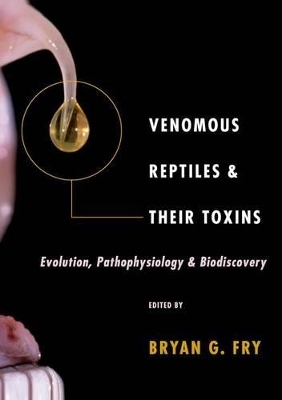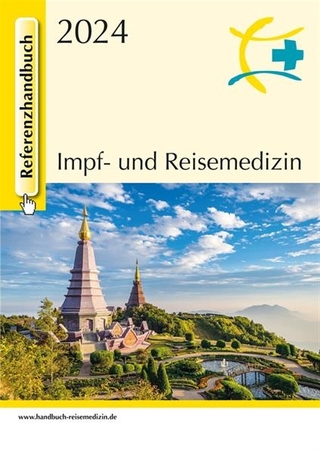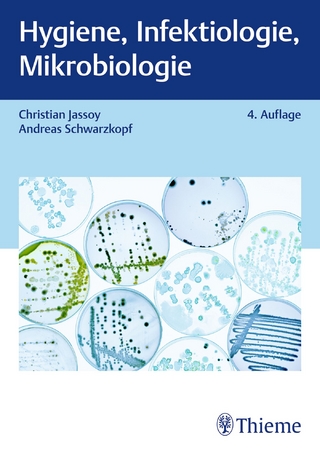
Venomous Reptiles and Their Toxins
Oxford University Press Inc (Verlag)
978-0-19-930939-9 (ISBN)
Venom research and technology has advanced greatly, rapidly transforming the area of reptile venom. Research developments-like the development of molecular systematics-provide the framework necessary to reconstruct the evolutionary history of glands and fangs. Such research developments result in a fundamental shift in scientists' understanding of venom's evolution and usefulness in therapeutic development. Startling evolutionary expansion, including the development of new protein functions, enable the development of novel drug therapies and impact the effectiveness of anti-venoms available for the treatment of humans.
Venomous Reptiles And Their Toxins is a comprehensive study of the entire scope of reptile venom, from its evolution to drug design and development. This book devotes a chapter to each toxin class found in reptile venom, detailing the full trajectory of research on the toxin in question. The comprehensive synthesis of research deals with the impact that venom has had on biomedical applications and snake evolution and ecology.
Bryan G. Fry is an associate professor of biology and group leader of the Venomics Laboratory at the University of Queensland, Australia.
Chapter 1. The origin and evolution of the Toxicofera reptile venom system ; Chapter 2. Signs, symptoms and treatment of envenomation ; Chapter 3. Antivenom research and development ; Chapter 4. Ineffective traditional and modern techniques for the treatment of snakebite ; Chapter 5. Maintaining venomous animal collections: protocols and occupational safety ; Chapter 6. Veterinary care of venomous reptiles ; Chapter 7. Research methods ; Chapter 8. Three finger toxins (3FTx) ; Chapter 9. Beta-defensins ; Chapter 10. Cysteine-rich secretory proteins (TV-CRiSP) ; Chapter 11. Exendin peptides ; Chapter 12. Factor Va proteins (TV-fVa) ; Chapter 13. Factor Xa enzymes (TV-fXa) ; Chapter 14. Kallikrein enzymes (TV-kallikrein) ; Chapter 15. Kunitz peptides (TV-kunitz) ; Chapter 16. L-amino acid oxidase enzymes (TV-LAAO) ; Chapter 17. Lectin peptides (TV-lectin) ; Chapter 18. Lizard venom B-type natriuretic peptides (LV-BNP) ; Chapter 19. Snake venom C-type natriuretic peptides (SV-CNP) ; Chapter 20. Group-I phospholipase A2 enzymes (TV-PLA2-GI) ; Chapter 21. Group-II phospholipase A2 enzymes (TV-PLA2-GII) ; Chapter 22. Sarafotoxin peptides ; Chapter 23. Snake venom metalloprotease enzymes (SVMP) ; Chapter 24. Lesser-known or putative reptile toxins ; Chapter 25. Poisonous snakes and bacteria as a Komodo dragon weapon: which is a myth and which is reality? ; Contributors ; List of Abbreviations
| Erscheint lt. Verlag | 18.6.2015 |
|---|---|
| Zusatzinfo | With 89 illustrations |
| Verlagsort | New York |
| Sprache | englisch |
| Maße | 257 x 183 mm |
| Gewicht | 1253 g |
| Themenwelt | Medizin / Pharmazie ► Medizinische Fachgebiete ► Mikrobiologie / Infektologie / Reisemedizin |
| Naturwissenschaften ► Biologie ► Zoologie | |
| ISBN-10 | 0-19-930939-6 / 0199309396 |
| ISBN-13 | 978-0-19-930939-9 / 9780199309399 |
| Zustand | Neuware |
| Haben Sie eine Frage zum Produkt? |
aus dem Bereich


